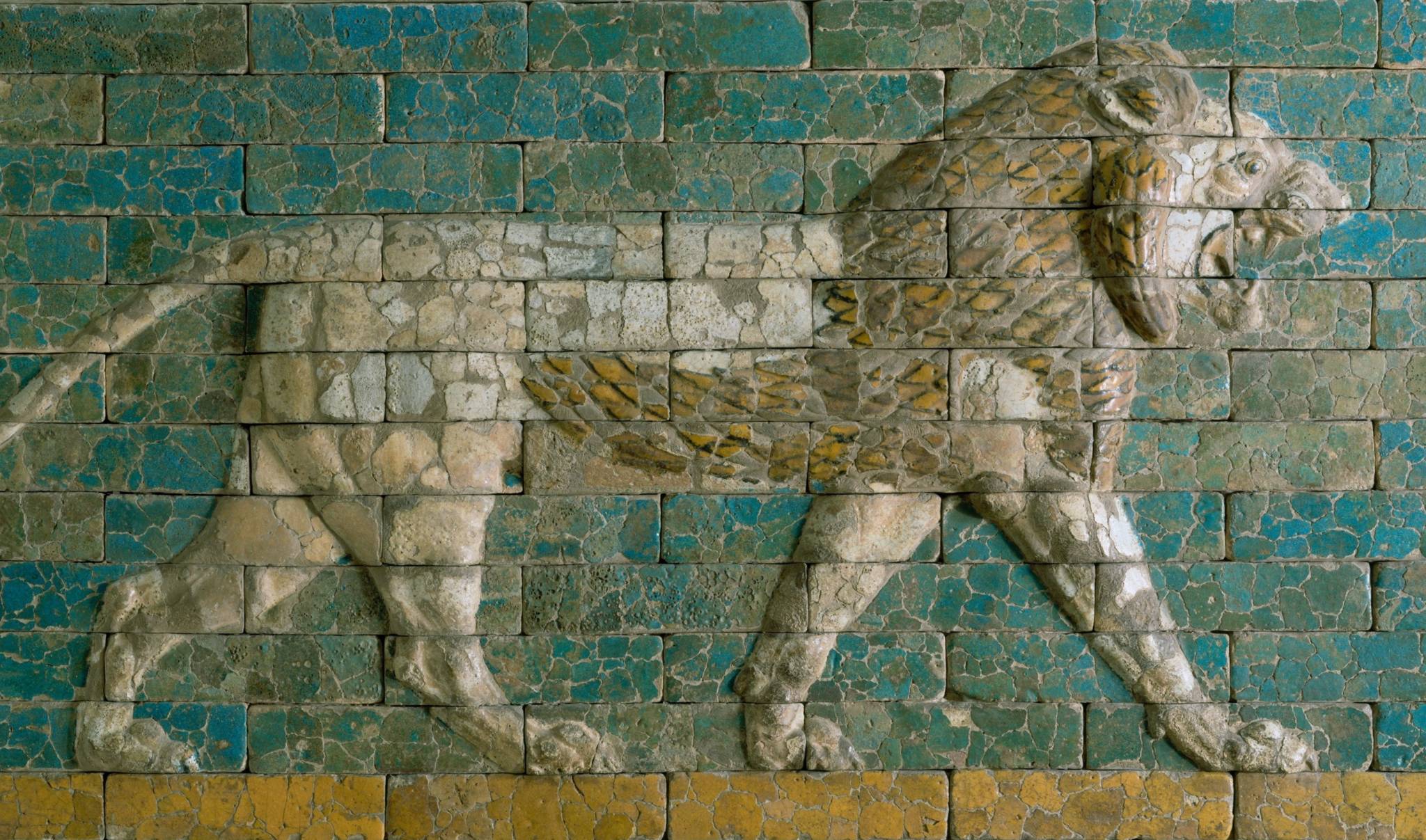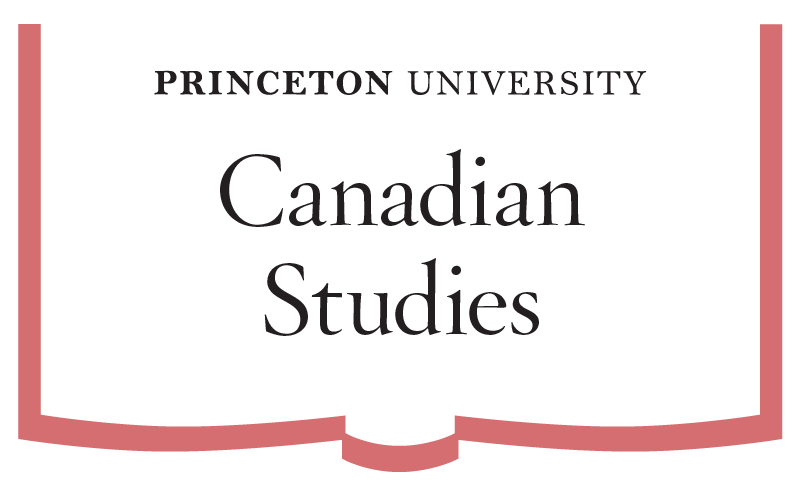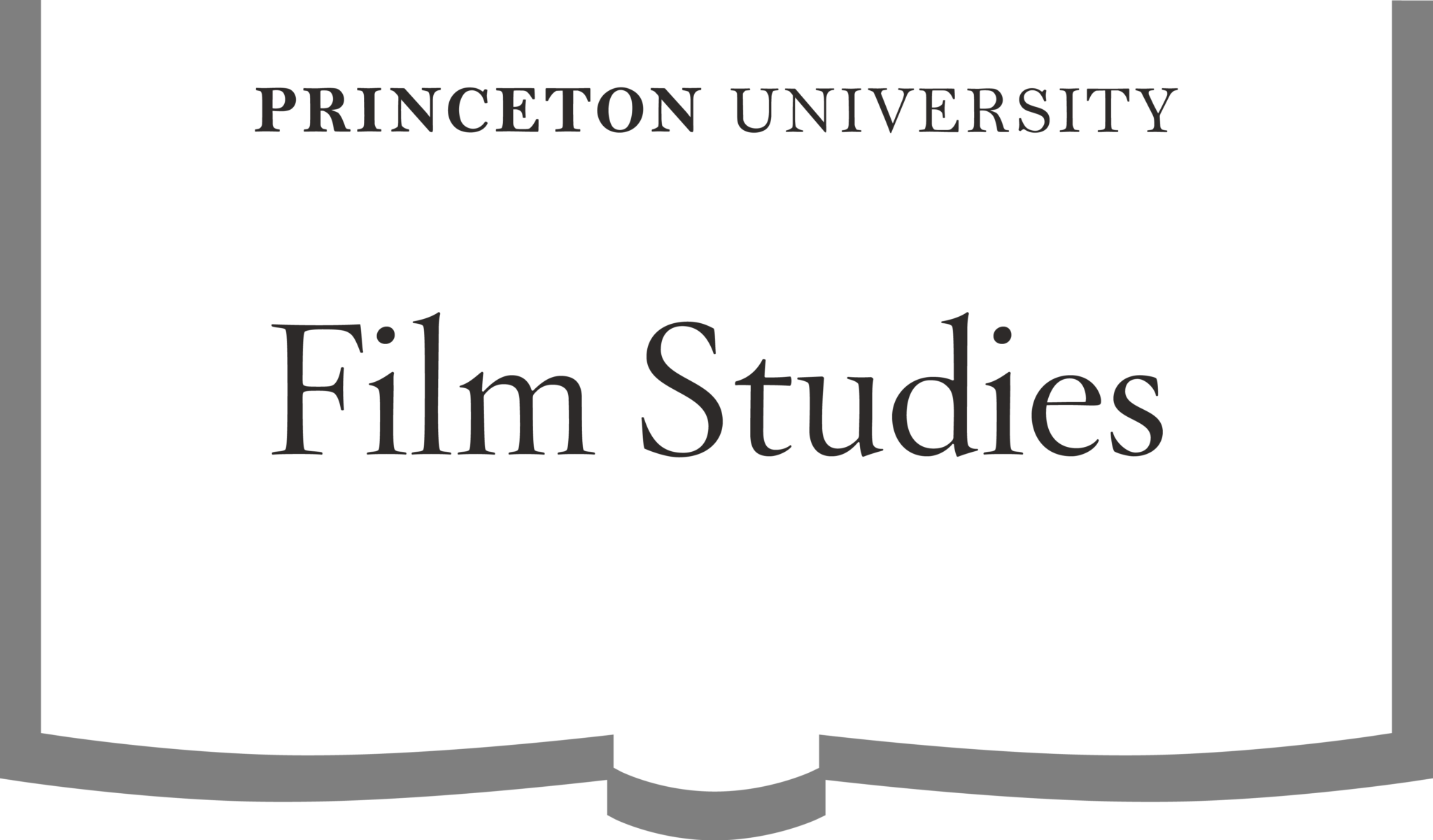
HUM 247 / NES 247
Near Eastern Humanities I: From Antiquity to Islam
This course focuses on the Near East from antiquity to the early centuries of Islam. It introduces some of the most important works of literature, politics, ethics, aesthetics, religion, and science which emerged from this pivotal period of history.
Often, the cultural contributions of the Near East are viewed through a western lens, that is to say, in terms of the ‘contribution’ made by Near Eastern cultures to those that flourished in other parts of the world, particularly Europe. Those contributions were, indeed, immense and long lasting (just to quote an example: we still divide time into 60 seconds and 60 minutes because of the work that ancient Babylonian astronomers carried out). This course focuses on the original context from which they emanated.
We ask how, why, and to what ends the Near East sustained such a long period of high humanistic achievement, from Pharaonic Egypt to Islamic Iran, which in turn formed the basis of the high culture of the following millennium.
Sample Readings:
Religious Texts: Enuma Elish, Hebrew Bible, Avesta, New Testament, Babylonian Talmud, Qurʾan
Visual Art and Material Culture: Pharaonic sculpture, Mesopotamian stele, Jewish magic bowls, Arabic rock inscriptions, Umayyad palace at Qusayr `Amra
Literature: Epic of Gilgamesh, Tale of Khusraw and the Page, War Songs of `Antara bin Shaddad, al-Jahiz’s In Praise of Books
Scientific and Philosophical Texts: Babylonian Astronomical Diaries, Enneads of Plotinus, Book of Thousands of Abu Ma`shar
Historical Texts: Behistun inscription of Darius I, Ecclesiastical History of Eusebius, Letters of the Umayyad Caliphs, History of the Prophets and Kings of al-Tabari
Learn more about this course, and other HUM courses.
HUM 248 / NES 248
Near Eastern Humanities II: Medieval to Modern Thought and Culture
This course introduces students to Near Eastern societies and cultures over the last one thousand years. Students will gain an understanding of the historical and political changes that took place in a region that stretches from Andalusia to the Indus valley, from a few centuries after the rise of Islam up to the modern age. We will explore the diverse religious, ethnic, linguistic and ultimately national communities that lived and continue to live in this region. Reading translations of works written originally in Arabic, Persian, Turkish, and Hebrew, students will gain an appreciation of the vastness, interconnectedness, and complexity of the humanistic production of the region.
Sample Readings:
Al-Ghazali, Path to Sufism
Ibn Battuta, The Travels of Ibn Battuta
Tayyeb Saleh, Season of Migration to the North
The Book of Dede Korkut
Mustafa Ali, The Ottoman Gentleman of the Sixteenth Century: Mustafa Ali’s Tables of Delicacies Concerning the Rules of Social Gatherings
Ahmet Karamustafa, “Sarı Saltık Becomes a Friend of God,” in Tales of God’s Friends: Islamic Hagiography in Translation
Learn more about this course, and other HUM courses.
FAQs
What is the Near Eastern Humanities Sequence?
The Near Eastern Humanities Sequence is a team-taught, year-long sequence that introduces students to the intertwined cultures that have developed in the Near East over the past six millennia, from antiquity until the present day.
The course showcases great works drawn from the fields of art, literature, philosophy, religion, and science—and examines them in their various historical contexts. We begin with the oldest known written texts in the world, which come from ancient Mesopotamia and Egypt, and end with books, art, and media from the 20th– and 21st-century Middle East.
Although the course’s scope is extraordinarily broad, we engage deeply with the works we read and view, learning to pay attention to the meaning that even their smallest details often carry. The sequence emphasizes close readings of visual works as well as textual ones. History, literature, aesthetics, and material culture collide in an exhilarating fashion as students handle coins, gold, pigments made from precious stones, and books touched by kings 500 years ago. The course includes tours of rich repositories at the Princeton University Art Museum, the Metropolitan Museum of Art, and Firestone Library (which houses the largest collection of Islamic manuscripts in North America).
Can I take this sequence if I don’t know anything about the Near East? What if I’ve already taken lots of NES courses?
Yes! You can take this sequence and learn new things from it whether you’ve already taken many classes in Near Eastern Studies at Princeton (or elsewhere), or whether you’ve never before studied anything about the region or its history.
Because the sequence examines and draws connections among sources across such a vast time span, we don’t expect that any student will have prior knowledge of all the subjects that it covers; the lectures will provide you with the introductory historical background you need to understand the readings. We read all works in English translation, so while we warmly encourage students who can read some of these texts in their original languages to do so, reading in the original languages is neither required nor expected.
The Near Eastern Humanities sequence offers an excellent gateway to the study of the Near East for students who are interested in the region but who don’t yet know much about it. The sequence will prepare you to take classes in NES, History, Comparative Literature, Art and Archaeology, Classics, and Religion that focus intensively on one or more of the time periods and traditions that we discuss.
For students who have already taken such courses, the sequence is an opportunity to step back and get to know these works as part of a very long, complex, and ongoing history of humanistic thought and culture in the region. This is the only course at Princeton that surveys the region’s pre-Islamic history and cultures together with those that followed after the development of Islam. Even students who are already very familiar with some of the works that we read in this sequence (e.g. the Hebrew Bible, the New Testament, or the Qurʾan) will understand them in a new light by examining them as part of this long-range and interconnected history.
I took the Western Cultures sequence and I loved it. What can I learn from the Near Eastern sequence?
Like Interdisciplinary Approaches to Western Culture, this course focuses on enduring works that illuminate some of the central questions of human existence, and that are worth rereading again and again. Most of the works that you read in this course will be new. But the Near Eastern Humanities sequence intersects at points with Interdisciplinary Approaches to Western Culture, through works, traditions, and ideas that first developed in the Near East and that went on to have rich but different afterlives in both Europe and the Near East. Students who take both sequences find that they illuminate each other in fascinating and profound ways.
How does the year-long sequence work?
The fall semester of the sequence starts in antiquity and ends with the development of classical Arabic and Islamic literatures near the end of the first millennium CE. The spring semester begins by revisiting the early Islamic period and then surveys works produced throughout the past millennium, until today. Students may take the entire sequence or may take either semester as a stand-alone course.
What requirements does this sequence fulfill?
Each semester of the Near Eastern Humanities sequence fulfills the general education requirement in Ethical Thought and Moral Values (EM). Students may use the year-long sequence as a prerequisite for a certificate in Humanistic Studies.












